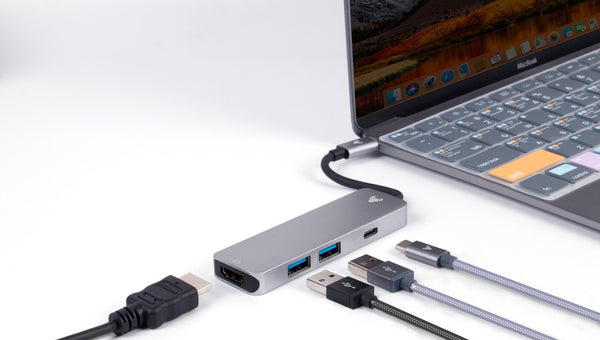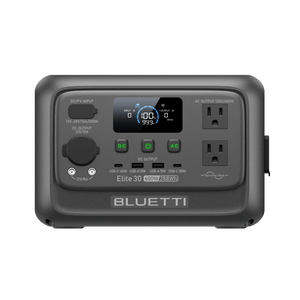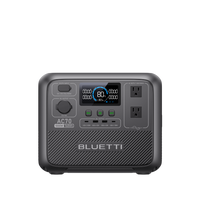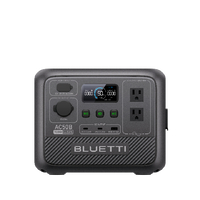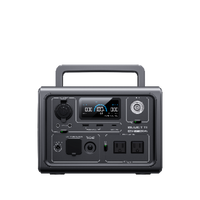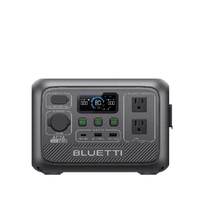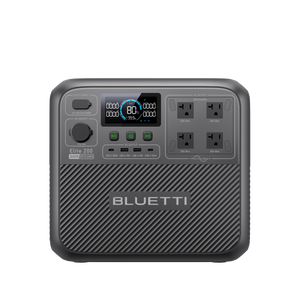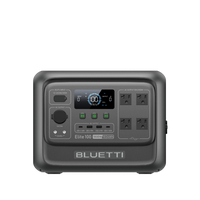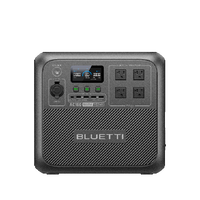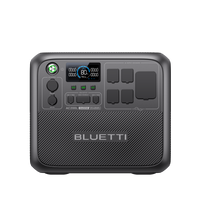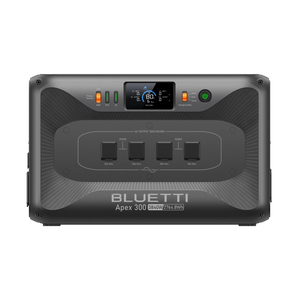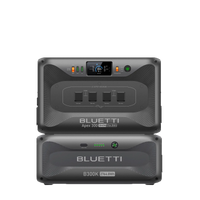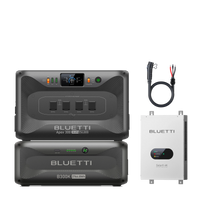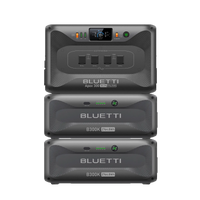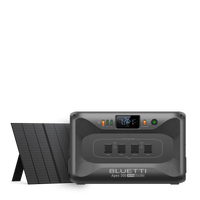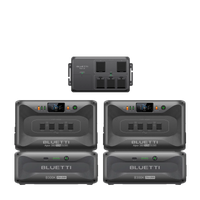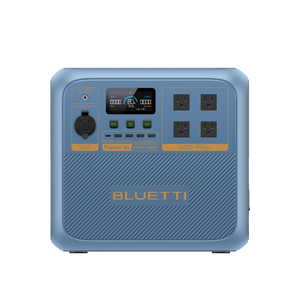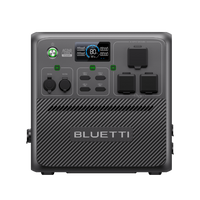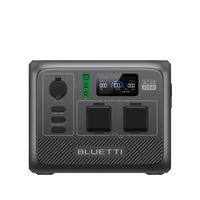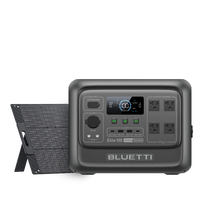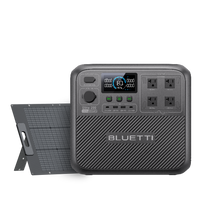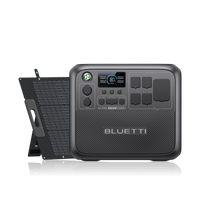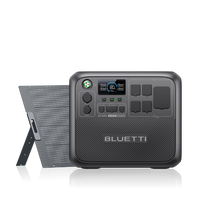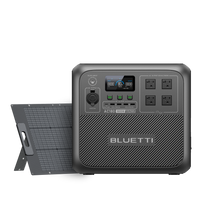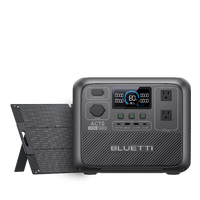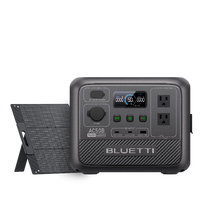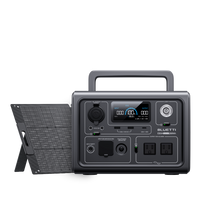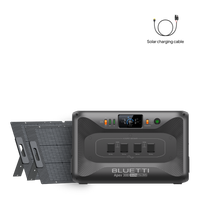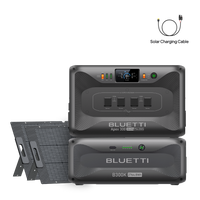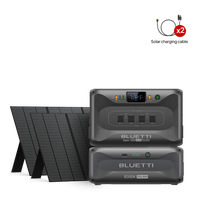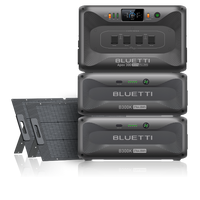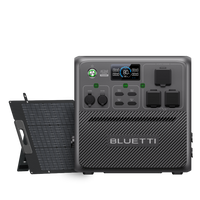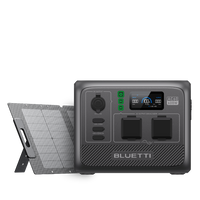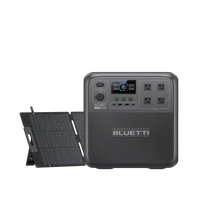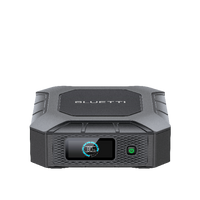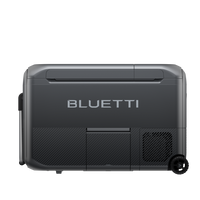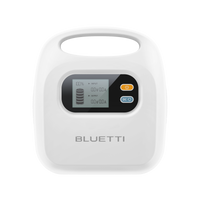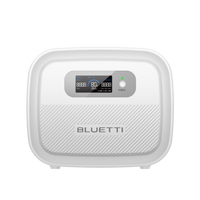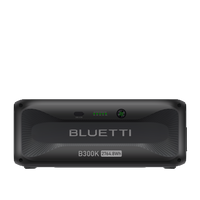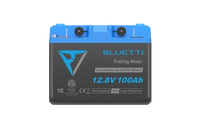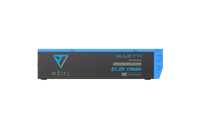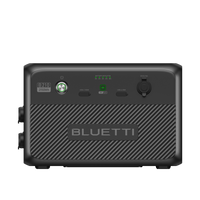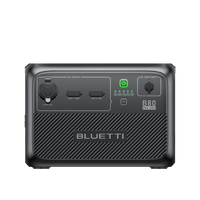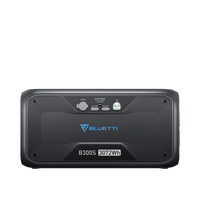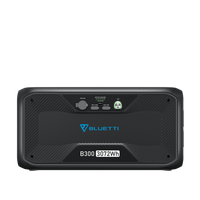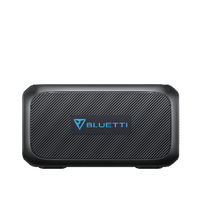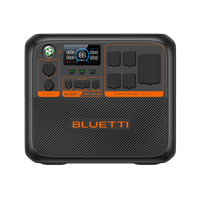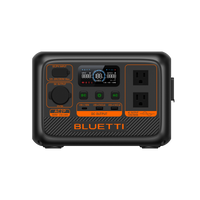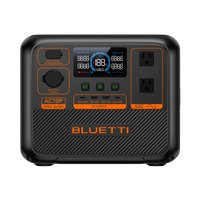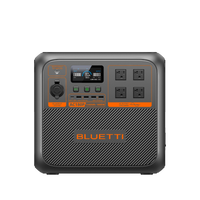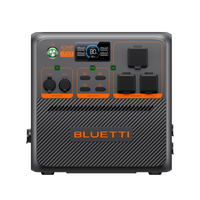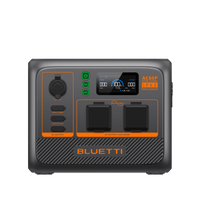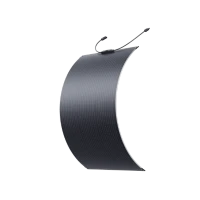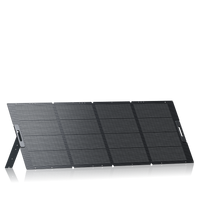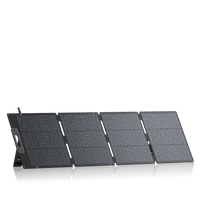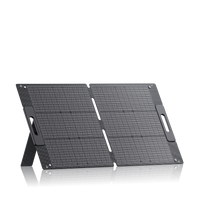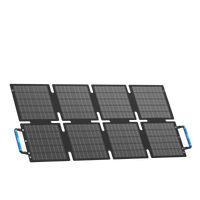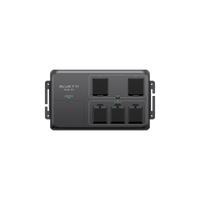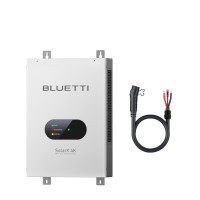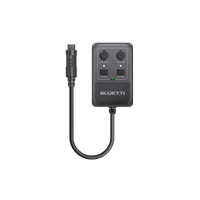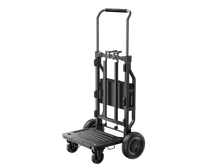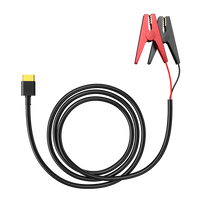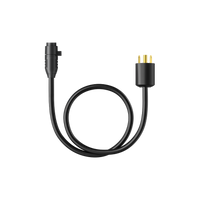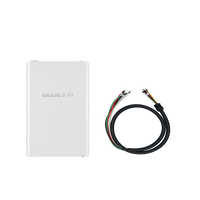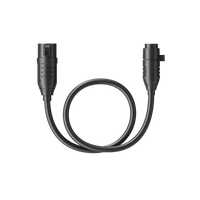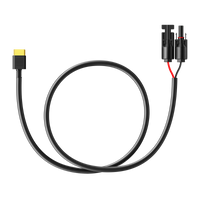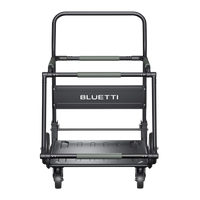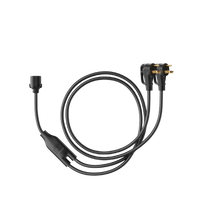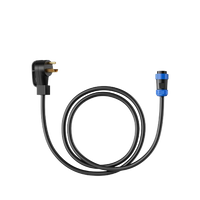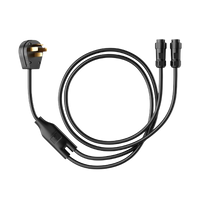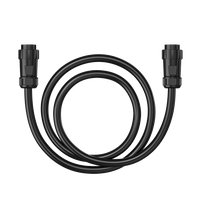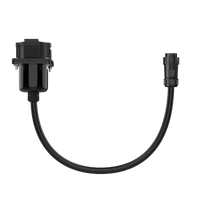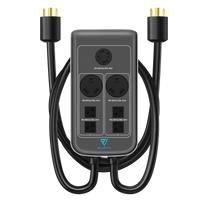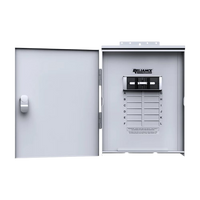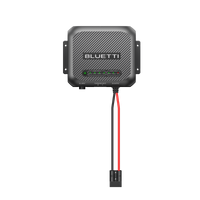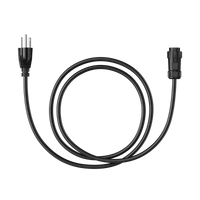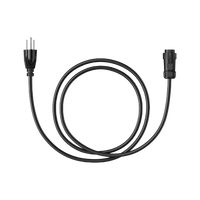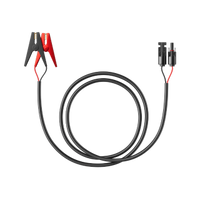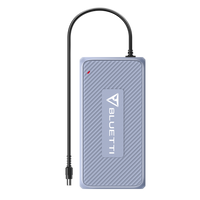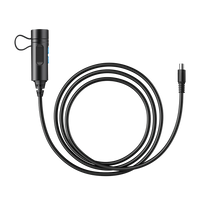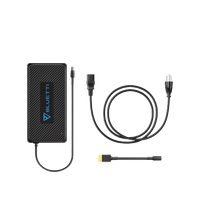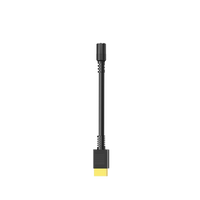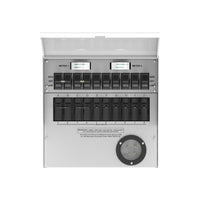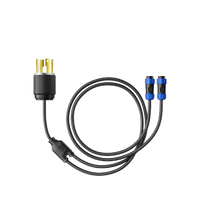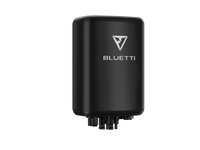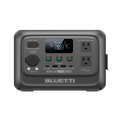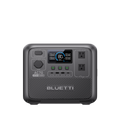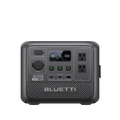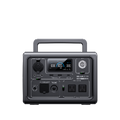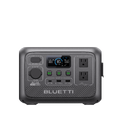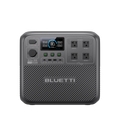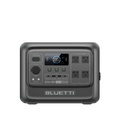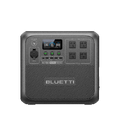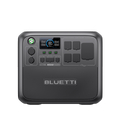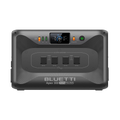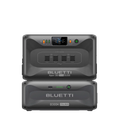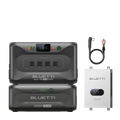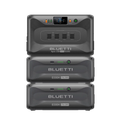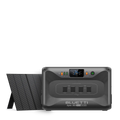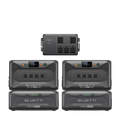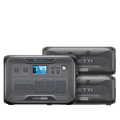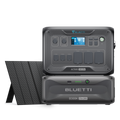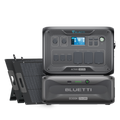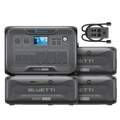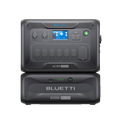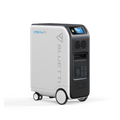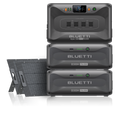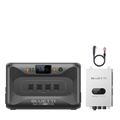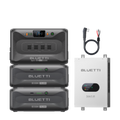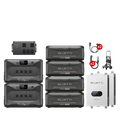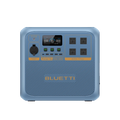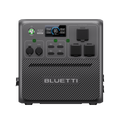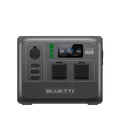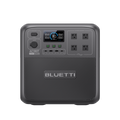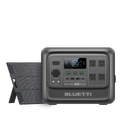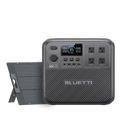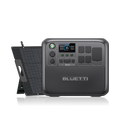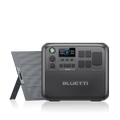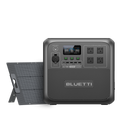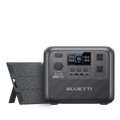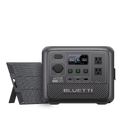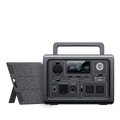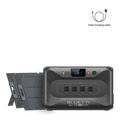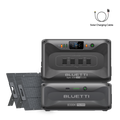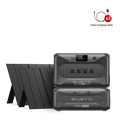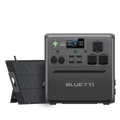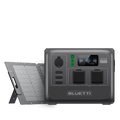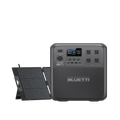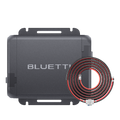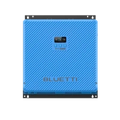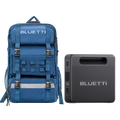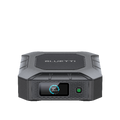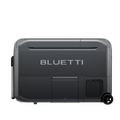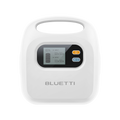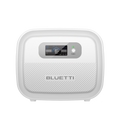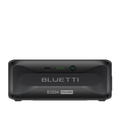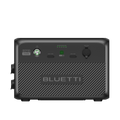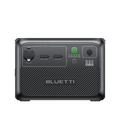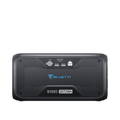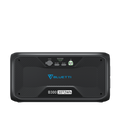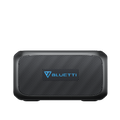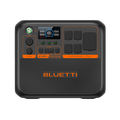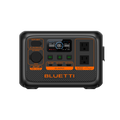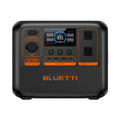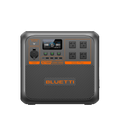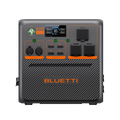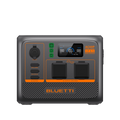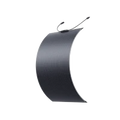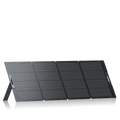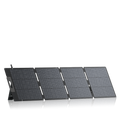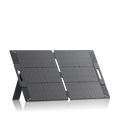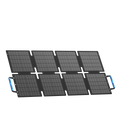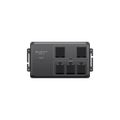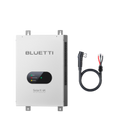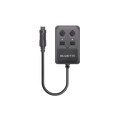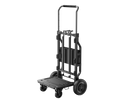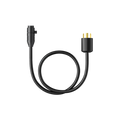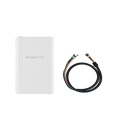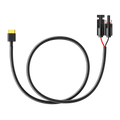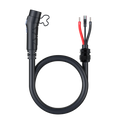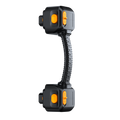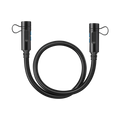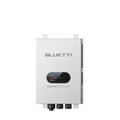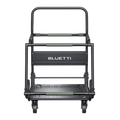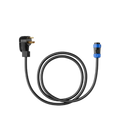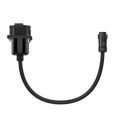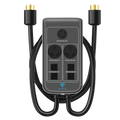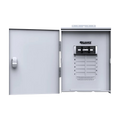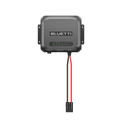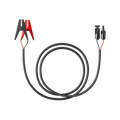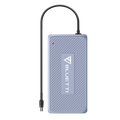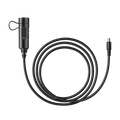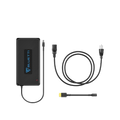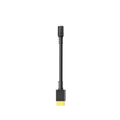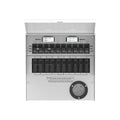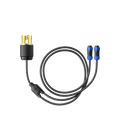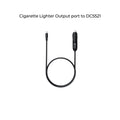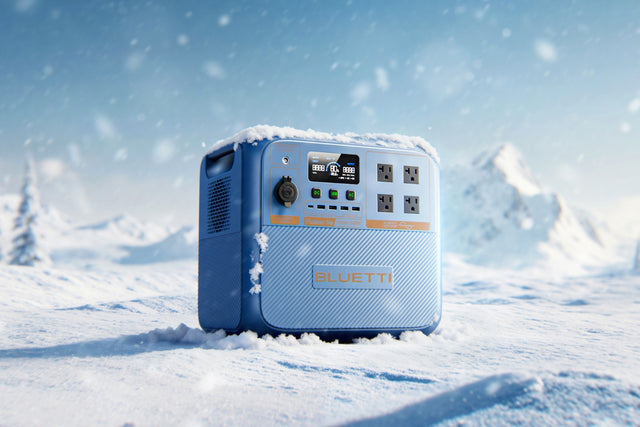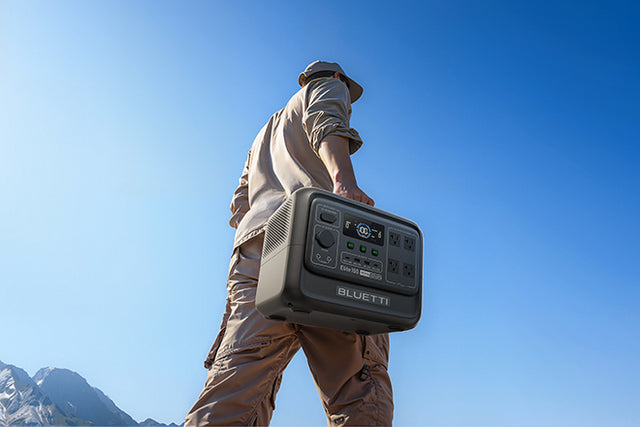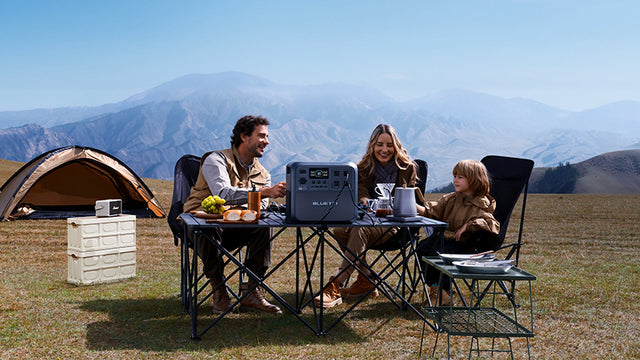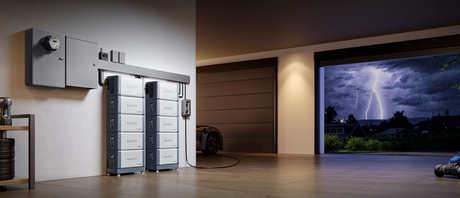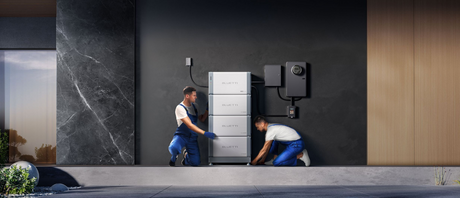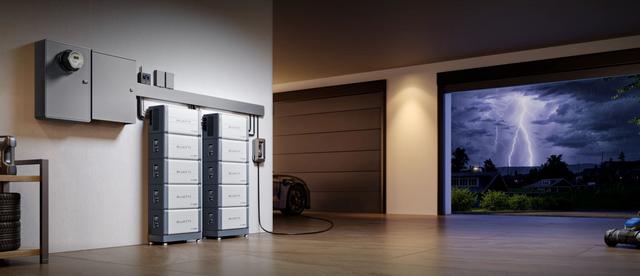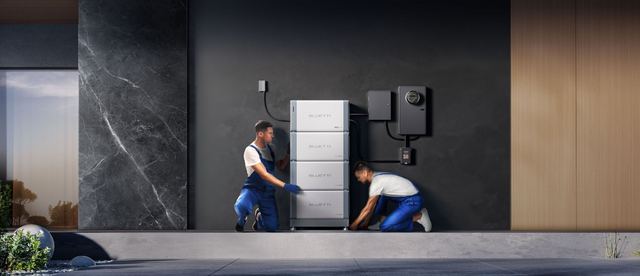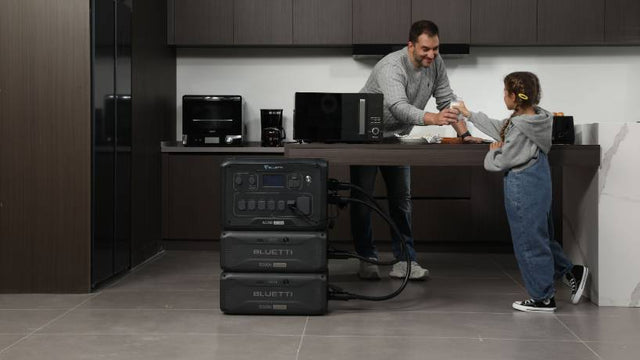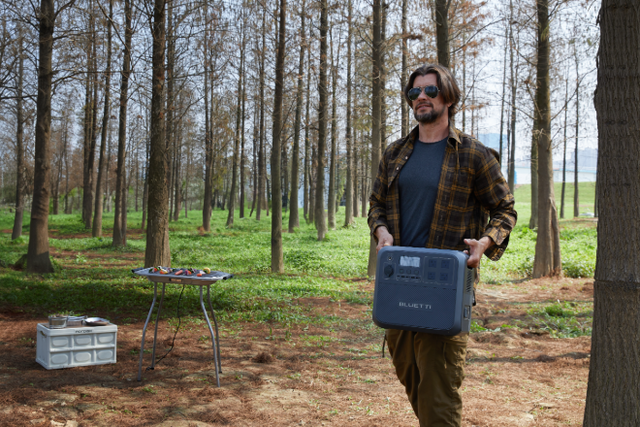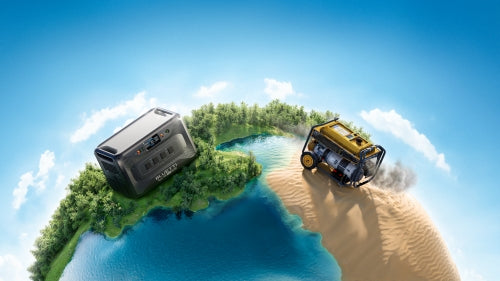Your cart is empty
Shop our productsIf you have ever tilted up a car battery and wondered what is going on inside that heavy black box, you are not alone. People search "what is battery acid" and "what acid is battery acid" all the time because the name sounds dramatic, and the risks are real. In plain terms, battery acid is the liquid that lets certain batteries do chemistry on command. In the classic lead-acid design that runs cars, boats, forklifts, and a lot of backup systems, that liquid is a water solution of sulfuric acid. Nothing mystical. Just a strong acid mixed with water, living between plates that trade atoms back and forth so you can crank an engine or keep lights on when the grid cuts out. This guide focuses on three key areas: composition, function, and safety. If you need to work around a battery at home, in a garage, or on a job site, you want enough science to stay safe and enough practical detail to not second-guess yourself the whole time.
You can skim or read top to bottom, but the goal is that you walk away with a clear picture. What the liquid is. Why the concentration matters. Where people get hurt. How to clean up a spill without turning a small problem into a big one. Along the way, I'll answer those evergreen questions in everyday language. What acid is battery acid? What is battery acid? And why is it not the same thing you'll find in a lithium power station or a nickel-cadmium pack?
What is Battery Acid

In a lead-acid battery, the electrolyte is sulfuric acid in water. Chemists call it H₂SO₄ (aq), meaning sulfuric acid dissolved in water. Every day, users don't need the equation to know the basics. The acid is strong. It burns skin and eyes. It reacts with metals and produces hydrogen gas. It looks like water in the cell, which makes it easy to underestimate.
For common automotive and deep-cycle lead-acid batteries, the acid is typically mixed to about 35–40% by weight when fully charged. When the battery is freshly charged and healthy, the liquid is dense. A hydrometer will read a specific gravity of around 1.25 to 1.28 at room temperature. Pure water sits at 1.00, so that heavier number is your clue that you have real acid in there. If you like pH numbers, the mixture lands close to the bottom of the scale. Call it around 0.8 in many sources. It is colorless in the jar and basically odorless when nothing is reacting. The danger comes from contact, not smell.
Two small but important clarifications. First, the exact concentration shifts with the state of charge. As the battery discharges, some of the sulfuric acid gets used up, and the liquid becomes more water-like, so the specific gravity drops. Second, bottled "battery acid" used for initial fills is often sold a touch weaker or stronger, depending on climate and manufacturer guidance. Cold regions sometimes favor slightly higher specific gravity to support starting performance. None of this changes the core answer to the familiar question. If someone asks what acid is battery acid, the answer is still sulfuric acid diluted in water.
Composition and Types
Let's put some numbers on it without turning this into a lab class. The electrolyte in a charged lead-acid battery falls in the ballpark of four to five moles of sulfuric acid per liter of solution. That simply means there are several hundred grams of acid per liter, which is why a battery feels heavier than its size suggests. If you do hands-on maintenance, you'll use specific gravity rather than molarity because a floating hydrometer is faster than a spreadsheet. Healthy numbers hover near 1.265, with chargers and temperature complicating the exact readout.
That covers flooded lead-acid cells, which have free liquid you can tip and test. There are sealed types too. Absorbent glass mat and gel batteries still use sulfuric acid, only it is immobilized. In AGM, the liquid is soaked into fiberglass mats. In a gel, the liquid is mixed with silica to make a gel. The chemistry inside is the same story. H₂SO₄ in water is the ionic highway between the plates. You just don't see the free liquid, which reduces spills and maintenance, but does not remove the underlying hazard if the case cracks.
Now for the contrast that matters when you shop for batteries. Lithium-ion systems do not use battery acid. They use salts like LiPF₆ in organic solvents. Totally different class of electrolyte, different hazards, different maintenance. Nickel-cadmium and nickel-metal hydride cells use alkaline electrolytes, usually potassium hydroxide. That is a strong base, not an acid, so cleanup and PPE have their own rules. This is why "battery acid" in the general sense belongs to the lead-acid family. If you are asking what battery acid is in a lithium power station, the answer is actually none. There is no sulfuric acid inside those.
Function in Batteries
Think of the electrolyte as the road between two neighborhoods. One side holds lead dioxide plates. The other side holds spongy lead plates. The road is the sulfuric acid solution that lets ions move freely. When you draw power, sulfate ions team up with the lead on both plates, and you form lead sulfate, while the liquid becomes more watery. When you recharge, you push the process backward, rebuilding lead dioxide on one plate and spongy lead on the other, and the sulfuric acid concentration climbs again. Nothing magical. It's a reversible chemical reaction that converts chemical energy into electrical energy and back.
Why do techs still carry hydrometers? Because the concentration of the sulfuric acid tells you where you stand. As the battery discharges, the specific gravity drops. As it charges, it rises. A quick dip test across cells helps you spot a weak cell before it strands you. It is not the only diagnostic tool anymore, but it is cheap, fast, and helpful if you understand what it means. A cell that never rises near that 1.25 to 1.28 zone after a proper charge could be sulfated or damaged. On the flip side, seeing numbers climb too high and boil off water tells you the charger is too aggressive, or a regulator is sleeping on the job.
Temperature pokes its head in here, too. Electrolyte gets denser when cold and lighter when hot, which is why you compensate hydrometer readings for temperature if you want accuracy. In practical terms, cold batteries feel sluggish because the chemistry slows down and internal resistance rises. Same battery, same acid, different behavior in January versus July. If you need a mental model, imagine honey in a jar. Cold honey moves slowly. Warm honey flows. Electrolyte behaves like a thinner version of that idea.

Safety Guidelines for Handling
Here is where the guide earns its keep. Battery acid is not a theoretical hazard. It is an eye injury if you bend over an open cell and a bubble pops. It is a hand burn when a glove tears. It is a ruined pair of jeans that pick up a drop you didn't notice on the bench. Treat the liquid like it matters, and you can work around it for years without a story. Ignore it once, and you will have one.
Personal protective equipment first. Safety glasses with side shields beat fashion glasses every time. A face shield is smart when you are topping cells or using a hydrometer. Acid-resistant gloves. Nitrile works for quick tasks, but thicker neoprene or PVC gloves feel better for longer jobs. Wear long sleeves. Keep a jug of clean water within reach. Ventilation matters because charging releases hydrogen, and hydrogen loves a spark. No open flames. No smoking near a charging bank. If you must disconnect a battery, remove the negative cable first and reinstall it last so your wrench is less likely to complete a circuit and arc on the chassis.
A few handling rules that sound simple and save people from accidents. Never add acid to a battery to "fix" a low reading; adding acid throws off the chemistry, leading to reduced performance and a shorter lifespan. You top up with distilled water because water is what evaporates and gases off. If you ever need to make up electrolyte for an initial fill, always add acid to water, not water to acid. That order controls the heat of mixing and reduces violent splashing. Label any container that has acid in it. A reused water bottle without a label is a bad idea waiting to happen.
Keep baking soda on the shelf. Keep a box at home and two at the shop. It is not because you plan to play chemist. It is because a light dusting on a small splash will fizz and neutralize the acid before it spreads. Keep an eye out for hidden residues, too. Dried crystals around caps and vents can still irritate skin. Wipe tools after use. Wash your hands even if you wore gloves. The small habits matter more than the big speeches.
Emergency Response and Disposal
Spills and splashes never pick a convenient moment. If acid hits skin, flush with water right away. No heroic grit. Just water, lots of it, for a good fifteen minutes while you remove any clothing that got wet. If it reaches the eyes, it is the same plan, only faster and longer. Get to a clean water source and rinse gently while someone calls for medical help. If acid mists or vapors irritate your breathing in a tight room, step out into fresh air and ventilate the area before you go back in.
For small spills on a bench or floor, sprinkle baking soda until bubbling stops. That fizz is carbon dioxide telling you the acid is being neutralized. Scoop the neutralized material with a plastic dustpan, not a metal one, and bag it. Sand, vermiculite, or commercial absorbents work when the spill is larger or you need to corral the liquid before it reaches a drain. Do not wash acid into a storm drain. Do not pour it into a sink. Your local rules will treat used electrolytes as hazardous waste because of both the acidity and the potential for dissolved metals. Call your local waste authority or look up a battery recycler that accepts liquids. The drop-off step is boring, but it keeps acid out of soil and water.
On disposal, remember that a broken lead-acid battery is two problems. The liquid itself and the lead hardware. Most auto parts stores and recycling centers accept whole batteries for core credit or free recycling. If you have to manage a leak, put the battery in a plastic tub, neutralize and contain what you can, and transport it upright. Gloves on. Goggles on. No shortcuts. This is how you keep a nuisance from becoming a story that starts with "you won't believe what I did on Saturday."
Where Battery Acid Fits and Where It Doesn't
People sometimes lump all batteries together. That is how confusion starts. Lead-acid uses sulfuric acid in water. Lithium-ion uses a nonaqueous electrolyte. Nickel-based rechargeables use alkaline solutions. So when a friend asks, "What is battery acid?" and points to a modern portable power station, you can answer clearly. That unit is a sealed lithium system with zero sulfuric acid inside. The maintenance and safety playbook is different. No topping up cells. No hydrometer readings. No acid cleanup. You still treat it with respect, but you are not managing a corrosive liquid.
For projects that live in vans, sheds, cabins, or small homes, the difference matters because it shapes your safety routine. If your setup is lead-acid, you keep distilled water on hand, maintain ventilation, and build a small spill kit. If your setup is lithium, you think more about charge control, temperature limits, and cell protection. Both approaches work. The right choice depends on budget, expected loads, and how comfortable you are around maintenance tasks.

A Practical Section on Products That Skip The Acid
If you want backup power or mobile power without the liquid hazard, acid-free systems are the easy button. A portable power station behaves like a contained battery system with ports, a charger, and a screen. No caps. No vent tubes. No liquid. You plug in solar or AC to charge, and you plug in your gear to run.
For a simple first step, the Elite 100 V2 portable power station is a tidy little box that pairs well with small panels. It lives under a desk, in a van, or on a garage shelf. It keeps phones, lights, a laptop, and maybe a small fridge going during short outages. It teaches you how you actually use stored energy, which is a better education than staring at spec sheets. If you're the kind of person who likes to learn by doing, this is a low-stress place to start.
If your home needs a steadier reserve and you want something that still skips the maintenance of flooded cells, the Apex 300 home backup power is the next rung. It is designed for home backup roles and works with solar. You get a familiar workflow. Charge during good hours, pull from the box when the grid blinks, or a weekend project runs long. No hydrometer. No acid. Fewer shop rules to memorize. If your priority is clean, contained, and quiet, this category makes sense.
Why The Acid Matters To Performance
Back to the chemistry, because understanding a little bit makes you a better operator. The strength of the sulfuric acid controls how many ions can move during a charge or discharge. Too weak and the battery sags early. Too concentrated and you damage plates and shorten life. Manufacturers select the range for the intended use. Starting batteries favor quick bursts of current and thinner plates. Deep-cycle batteries favor thicker plates and service that lets you draw down further without wrecking the internals. Same acid family. Different plate geometry and grid alloys. The electrolyte concentration targets those trade-offs.
A healthy battery breathes in a way. During charging, you will see gassing as you reach the top. Small bubbles are normal near full charge. Violent boiling is not. Overcharging drives water out of the electrolyte, and then you chase your tail, adding water more often. A smart charger that respects temperature and stage charging helps. For flooded cells, you still need to pop the caps and check levels. For sealed types, you leave them alone, which is handy, though problems can hide until performance dips.
If you ever look at a state-of-charge chart tied to specific gravity, you will see why techs keep that old-school tool. A reading around 1.265 at 77°F means you are basically full. Numbers in the 1.200 zone point to a low state of charge or a tired battery. Cells that disagree by more than a small spread are suspect. It is not a perfect test in isolation, yet it is good at catching the obvious issues before they strand you in a parking lot after dark.
Working Habits That Keep You Out Of Trouble
A few habits live in every good battery bay. Keep baking soda close. Keep fresh water closer. Label every bottle. Put chargers on shelves, not on the floor, where they soak in a spill. Keep a flashlight handy so you are not leaning in with a phone and a dead screen. Open the garage door when you put a bank on a boost charge. Remove rings and metal jewelry when you work around terminals. Wrap a wrench with tape if you have to reach into a tight spot near a live bus bar. Clamp meter in pocket. Shop towels on the cart. None of this is complicated, yet every bit of it comes from lessons where someone got careless.
One more that saves the day. When you disconnect a battery, negative first. When you reconnect, negative last. That single rule protects you from accidental short circuits with a tool across the positive and a grounded surface. The day will come when that rule saves a fuse, a module, or your fingers.

Conclusion That Doubles As A Safety Reminder
Battery acid is not a character from a movie. It is just sulfuric acid in water at a strength that makes lead and lead dioxide trade places in a predictable way. When someone asks what battery acid is, the answer is straightforward: it's a strong sulfuric acid solution that acts as the electrolyte in lead-acid batteries. When they ask what acid is battery acid, the name is again the whole story. Sulfuric acid, mixed with water to a working concentration, usually in 35-40% by weight, when we talk about everyday batteries. pH near the bottom. Specific gravity in that 1.25 to 1.28 zone when things are charged and healthy.
Know the liquid. Respect it. Wear eye protection. Keep gloves and baking soda nearby. Ventilate the charging area. Top with distilled water, not acid. Neutralize small spills and dispose of wastes the right way. If you need power without the liquid, do yourself a favor and simplify. A portable station eliminates a lot of headaches for you. The Elite 100 V2 portable power station is a friendly entry, and the Apex 300 home backup power steps in when you want something sturdier for the house. Both avoid sulfuric acid entirely, which removes a whole category of risk.
A quick note on assumptions so you know where the ranges come from. Acid concentration and specific gravity vary with state of charge, temperature, and manufacturer guidance, so the numbers here are given as practical ranges rather than single points. Hydrometer readings assume room temperature and properly calibrated tools. If you are working on a specialized battery, follow the data sheet for that model even if it looks a little different from the figures above. When in doubt, treat the unknown like the stronger case and wear the heavier gloves.
That is the whole picture in one sitting. Composition, function, safety. Enough detail to handle a battery confidently. Enough caution to keep your eyes and hands out of harm's way. If you remember nothing else, remember this. The acid looks like water until it touches something you care about. Then it reminds you what it is.
Shop products from this article
Be the First to Know
You May Also Like

Laptop vs. Desktop: How Many Watts Does a Computer Use?
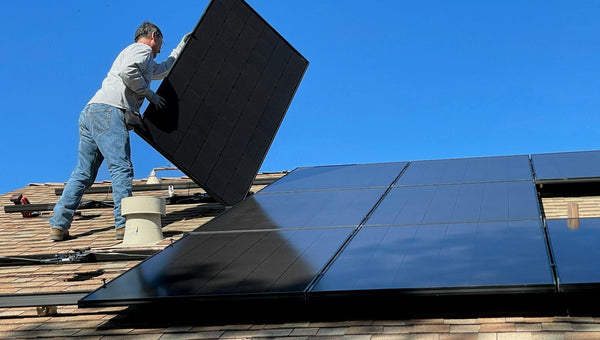
What Does It Cost to Install Solar Panels Yourself?
